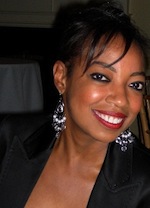Soho Teen is publishing a novel in August--Dancer, Daughter, Traitor, Spy by debut author Elizabeth Kiem--set in 1983. The novel begins on the day Leonid Brehznev dies, the same day the 17-year-old protagonist and prima ballerina, Marina Dukovskaya, loses her mother to the wiles of Soviet authorities. (Or apparently loses. There will be no spoilers in this blog post.) Marina and her father defect to the United States, where they take up residence in Brighton Beach, an area that was ethnically and socioeconomically mixed at the time.
The novel is written from Marina's first-person point-of-view. The author is a Russian scholar, fluent in the language, and has expertise in both Soviet-era Russia and the burgeoning 1980's Brighton Beach organized crime scene. Her prose reads as genuinely as any I've ever read. I'm not alone in that opinion; it has already been recognized at BEA for its accuracy, honesty, and beauty by the ABA as one six Fall 2013 YAs in the "Celebrate with Indie Debut Authors."
All that said, a passage included in the galley was struck from the final after an in-house debate. The passage reads: "The Q train dead ends in Brighton Beach, also known as 'Little Odessa' or 'Russia by the Sea.' About a half a mile west of us, America begins, speaking English, Spanish, and Black."









